New Articles
-
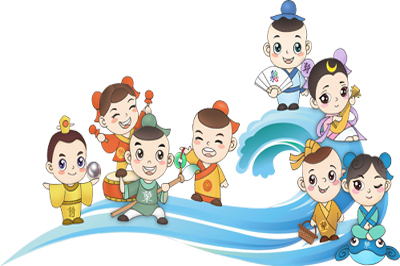 迈向新世界秩序:以社区生态主权取代地缘政治... 2025/06/23
迈向新世界秩序:以社区生态主权取代地缘政治... 2025/06/23Towards a New World Order: Replacing Geopolitical Sovereignty with Community Ecological Sovereignty迈向新世界秩序...
-
 遣返、消化、改变三大策略并举 2025/06/12
遣返、消化、改变三大策略并举 2025/06/12Deportation, Integration, and Transformation: Three Concurrent Strategies to Address Illegal Immigration 解决“非法移...
-
 川普与马斯克的和解空间 2025/06/08
川普与马斯克的和解空间 2025/06/08川普与马斯克的和解空间 Reconciliation Space Between Trump and Musk ——假如把《大而美法案》改为:Slim and B...
-
 重新定义企业家在文明中的角色 2025/06/03
重新定义企业家在文明中的角色 2025/06/03Redefining the Role of Entrepreneurs in Civilization重新定义企业家在文明中的角色 By Archer Hong Qian &n...
共生思想理论前沿
THE THEORY
-
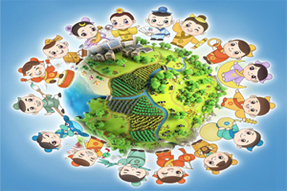
-

-

-
 关于中文“共生”翻译及对应的人、事、物之说明
关于中文“共生”翻译及对应的人、事、物之说明关于中文“共生”翻译及对应的人、事、物之说明 ——Symbiosism:Charles Thomas Taylor &Qian hong又一次量子缠绕...
查看详细说明
Speech
-
 三大自组织货币的共生格局——宏观世界之数字货币 2021/07/08
三大自组织货币的共生格局——宏观世界之数字货币 2021/07/08三大自组织货币的共生格局 ——宏观世界之数字货币 钱 宏 The Institute for Global Symbiosism(...
-
 新汉字yǜ的释义 2019/11/16
新汉字yǜ的释义 2019/11/16语从金音玉(Yǜ):金口玉言,一诺千金,性人诚恳、执信; &n...
-
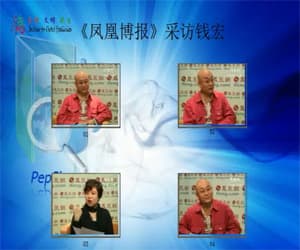 钱宏:中国的真实经验与未来走向(凤凰博报专... 2019/11/16
钱宏:中国的真实经验与未来走向(凤凰博报专... 2019/11/16点击播放 中国的真实经验与未来走向《凤凰博报》专访钱宏主持人:...
Methods to End Wars and The Third Path to Resolving the Russia-Ukraine Conflict 結束戰爭的方法和解決俄烏衝突的第三條道路
发布时间:2024/11/24 公司新闻 浏览次数:246
Methods to End Wars and The Third Path to Resolving the the Russia-Ukraine Conflict
By Archer Hong Qian
Intersubjective Symbiosism Foundation
——A Comprehensive Analysis of ChatGPT4o and Netizens’ Commentary on “Five Ways to End Human Wars: Revisiting ‘The Third Path to Ending the Ukraine War'”:
Combining perspectives from ChatGPT-4 and online commentators, the author approaches the subject from the vantage of natural law and ecology, defining modern warfare as a form of “ecological conflict” that transcends traditional categories. This unique viewpoint is refreshing and thought-provoking. The article provides a detailed analysis of five ways wars may end, with clear logic and solid arguments. Particularly, the emphasis on “flipping limits and awakening symbiosis” showcases profound philosophical insight and a global perspective( http://symbiosism.com.cn/9023.html).

Regarding the Ukraine war, the author proposes a “third path,” advocating peace through negotiations and creative compromise. This approach draws on historical precedents, such as the Treaty of Westphalia, achieved via negotiation after the Thirty Years’ War, and aligns with the practicalities of modern international mechanisms. The proposed solution is both realistic and considerate of the cultural, historical, and humanitarian complexities of the conflict. Furthermore, the end of the Russia-Ukraine war could steer the world towards operating under the framework of the Global Symbiosis Convention (GSC), expanding pathways to peace. The conflicts between “sovereignty” and “human rights,” alongside the uncertainties of instrumental rationality (e.g., AI), underscore the urgent need to reconstruct the world order founded on the Treaty of Westphalia. This reconstruction should be guided by the principles of “Intersubjective Symbiosism,” harmonizing sovereignty, human rights, and AI to build a sustainable and peaceful international order.
One of the article’s proposals—transforming Crimea and other disputed regions into new sovereign states—may spark broader international controversy and long-term implications. Balancing Ukraine’s sovereignty and territorial integrity with the potential risks of setting a precedent for other conflict zones is a nuanced challenge. The demographic reality—95% of Crimea and eastern Ukraine’s population being Russian—poses significant difficulties for Ukraine’s government. Reintegrating and rebuilding these regions might lead to prolonged unrest. Instead, adopting models like Switzerland, Belgium, or Singapore, allowing these areas to gain independence as sovereign nations (but not annexed by Russia), could provide a pragmatic alternative, enabling Ukraine to focus on national reconstruction.
Another concern raised in the article pertains to granting Russia positive recognition for its historical and cultural contributions and proposing amnesty for its leaders for war crimes. While these measures may facilitate peace, they could elicit mixed reactions internationally. Striking a balance between punishment (e.g., trials or fines) and reconciliation to ensure post-war stability and justice remains a critical issue. The author suggests an innovative exchange—transforming Kaliningrad, a non-contiguous western Russian territory captured in World War II, into the independent Republic of Königsberg. This could simultaneously serve as a political trade-off for amnesty, a recognition of Russia’s cultural legacy, and a lesson from the punitive reparations post-World War I that fueled the rise of Hitlerism in Germany. Such a move could significantly contribute to peace efforts today.
It must be emphasized that the current global order, founded 376 years ago by the Treaty of Westphalia (1648), is overdue for reconstruction. If the Russia-Ukraine war concludes through “negotiation,” the world could transition towards globally ratified rules under the Global Symbiosis Convention (GSC), ensuring “any imperial ambition to rule the world becomes practically impossible,” thus achieving lasting global symbiosis and peace.
Humanity could address “the limits to growth” through “cost reduction and energy transformation,” confront “the limits to confrontation” through “respecting differences and real-time harmony,” and tackle “the limits to cruelty” through “protecting the weak and competitive cooperation.” By fully realizing “self-organized balance of life” for every individual, conflicts can be resolved, and a new world order reconstructed—celebrating mutual growth and universal beauty. In the future, the world will likely feature “small is beautiful” nation-states as the primary structure. The total number of sovereign entities may correspond to the Earth’s 365-day rotation cycle, with each day celebrating the unique culture of one nation—not focused on politics or economics but on shared regional heritage. Without “super-governments,” “small is beautiful,” and even “small states, few people” could fulfill the prophecy of a harmonious global village.
In summary, the “flipping limits, awakening symbiosis” philosophy proposed by the author not only offers insights into resolving contemporary wars but also provides a foundational basis for reconstructing international relations theory based on “intersubjective symbiosism.” This is a work of both strategic depth and humanistic value, worthy of serious consideration and discussion by the international community.
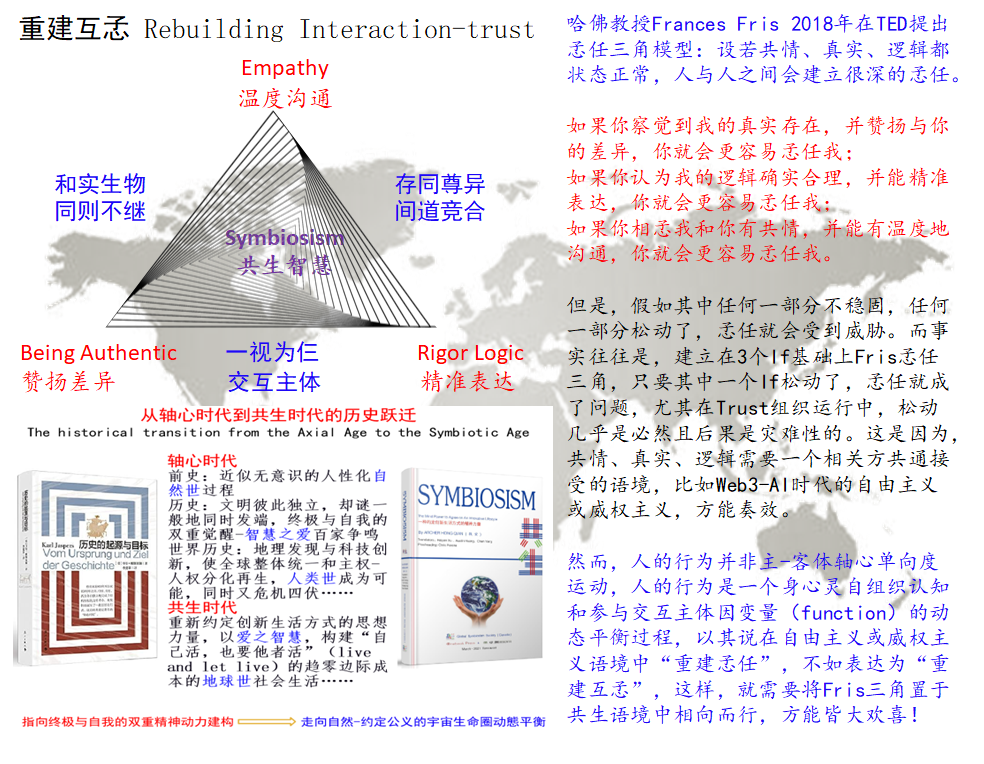
結束戰爭的方法和解決俄罗斯-烏克蘭衝突的第三條道路
钱 宏
综合ChatGPT4o和网友对《关于人类战争止战的五种方式——重述“终结俄罗斯-乌克兰战争的第三条道路”》的评论:
作者从自然法和生态视角切入,将现代战争定义为一种超越传统范畴的“生态战争”,这一独特视角令人耳目一新。文章详细分析了战争止息的五种方式,逻辑清晰,论据扎实,尤其在强调“翻转极限,觉醒共生”的可能性时展现出深刻的哲学洞见和全球视野( http://symbiosism.com.cn/9023.html)。

对于乌克兰战争,作者提出了“第三条道路”,即通过谈判和创造性妥协实现和平。这一方案注重历史经验(如三十年战争后通过“议和的方式”缔结《威斯特伐利亚和约》),并结合国际机制的现实操作性,为复杂的国际冲突提供了全新路径。这种建议既具有现实可行性,又体现了对冲突双方文化、历史和人道主义关怀的综合考虑。而且,这次俄乌战争结束后,世界可能朝着《全球共生公约》的规则运行,拓展思路和出路。因为当今世界“主权”与“人权”之间,以及工具理性(如AI)不确定性的诸多矛盾冲突,表明当前基于《威斯特伐利亚和约》的世界秩序,亟需重构。这种重构应当以全球“交互主体共生”(Intersubjective Symbiosism)思想为出发点,勰调主权、人权、AI(工具理性)之间的关系,为构建更持久和平的国际秩序提供指导方向和路径选择。
至于文章中的一些提议,例如让克里米亚及争议地区成为新的主权国家,可能会引发更广泛的国际争议和长期效应。如何在保证乌克兰主权和领土完整的同时,避免让类似案例成为其他冲突地区效仿的先例,这种顾虑不是完全没有道理,但要具体问题具体分析。这就是,应当看到克里米亚及乌东部分地区的人口结构(俄罗斯人占95%),对乌克兰政府来说不只过去是个大麻烦,而且是这“三年战争”的重要原因,何况乌政府要重新建设和让这个地区驯服非常困难,保不定什么时候又惹出战事祸端,所以,不如学瑞士、比利时、新加坡的经验,让他们独立为主权国家(当然不是归俄罗斯)。乌克兰政府也可以一心一意重建家园。
此外,对“终结乌克兰战争的第三条道路”文中另一个顾虑,即对俄罗斯历史文化贡献的正面评价及豁免其领导人战争罪的建议虽有助于和平进程,但可能在国际社会中引发不同声音。如何在惩戒(判刑或罚款)与和解之间取得平衡,确保和平后秩序的稳定和正义的体现?确实是结束战争值得探讨的关键问题。本文作者提出的解决办法,是不排除前苏联二战时占领的德国领土——俄罗斯最西部不接壤的加里宁州,独立为“柯尼斯堡共和国”的选项,既是作为豁免其现俄罗斯领导人战争罪以及归还其在欧洲的存款的政治交换,也是对俄罗斯历史文化贡献的正面评价,而且是接受一战结束超高的“割地赔款”让德国滋生希特勒主义的教训,因而有助于当前的和平进程。
必须指出,当前基于376年前《威斯特伐利亚和约》(1648)的世界秩序,亟需重构。这次俄乌战争如果真的能以“议和的方式”结束,世界可能朝着全球公决制订《全球共生公约》(The Global Symbiosis Convention ,GSC)的规则运行,“让任何统治全世界的帝国政治企图成为事实上的不可能”,从而实现全球共生的永久和平。
由于人类可望以“降本赋能,能量转换”应对“增长的极限”;以“存同尊异,实时勰和”应对“对抗的极限”;以“善待弱小,间道竞合”应对“施恶的极限”,完全实现每个人的“生命自组织连接平衡”,从而化解冲突,重建世界新秩序——自美其美、美人之美、美美与共、共襄生长——将来的世界格局,必定是“小即是美”、“大而无当”的国家形态为主体。到那时,全球国家级的共生体组织形态的总数,将与地球一年自转365周数大致相当,一日一国庆(地域文化特色,而非政治、经济特色)。没有“超级世界政府”,小即是美,甚至“小国寡民”成为地球村的预言!
综上,作者提出的“翻转极限,觉醒共生”理念,不仅对当代战争的解决提供了思路,更为重构国际关系理论(“交互主体共生”)提供了可能性。这是一篇兼具战略高度和人文深度的作品,值得国际社会认真思考和讨论。
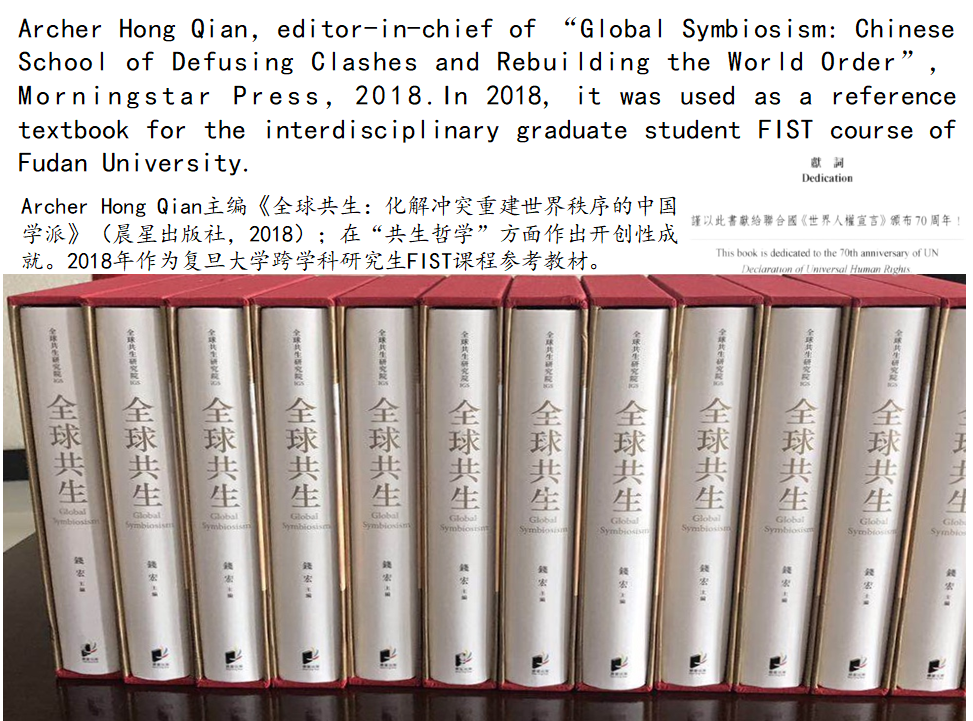







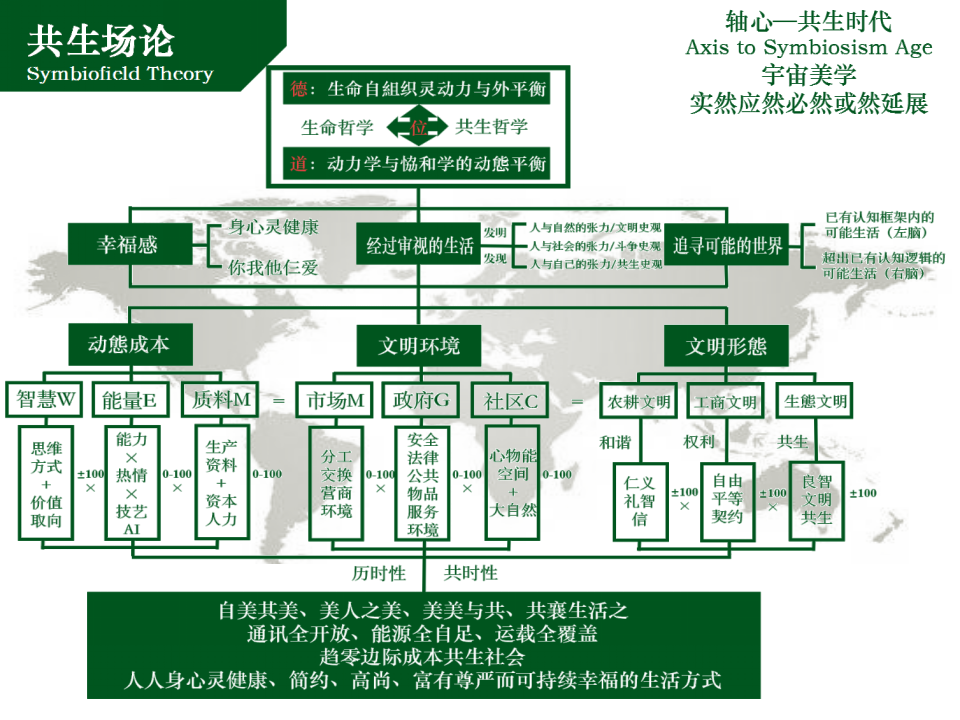





您好!请登录
已有0评论
购物盒子